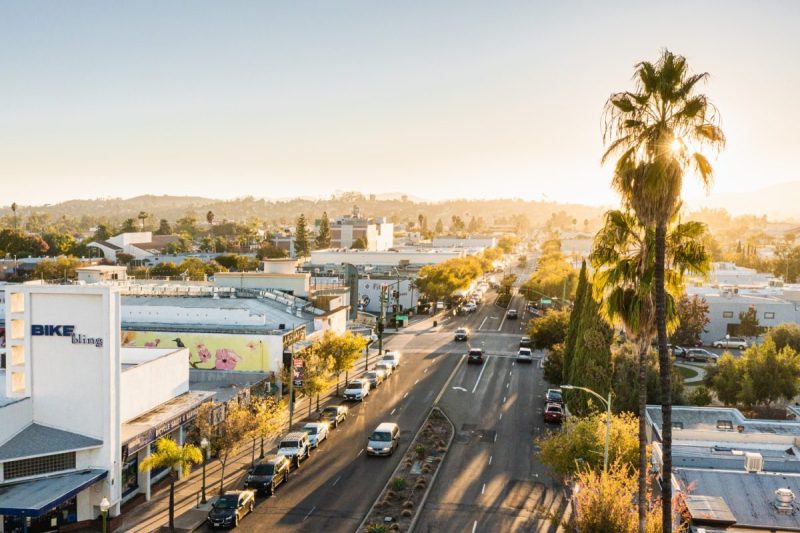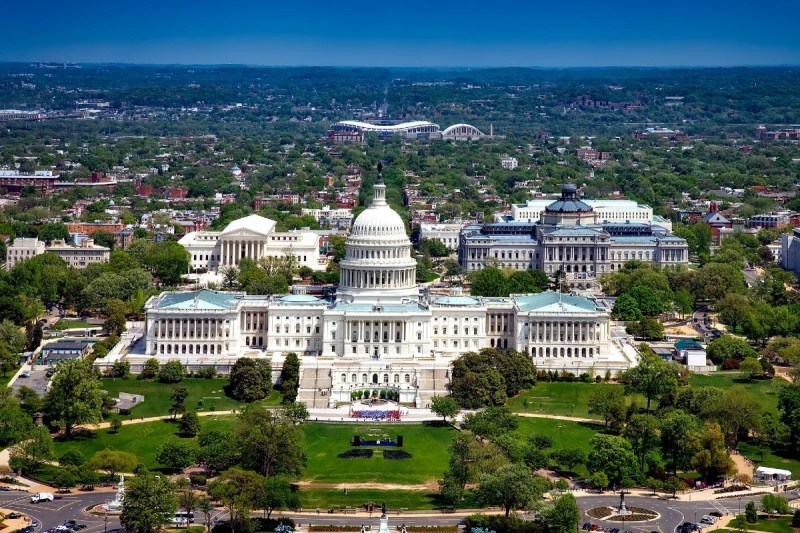Gen Z and Millennials aren’t the only people on the go in this new, remote age. Gen Xers and Baby Boomers are just as eager to get on the road and call a new place home. If you’re looking for the best states to move to, this analysis is for you.
DataByMy.com took statistics from the U.S. Census Bureau and created two handy, dandy maps to visualize what U.S. states are experiencing growth and which states people are leaving. Measured by the total number of people gained/lost and as a percentage of the total state population, these graphs are a great visual of how the country’s population is shifting.
Let’s dig in to find some of the best states to move to, some of the best states to live in, and a few of the states people are leaving. If you’ve ever wondered, “Where should I move?” then your questions are answered.
Movin’ On Up
Florida

From 2020-2021, Florida gained over 220,000, tacking a full percent of people to its population. Similar to Texas, Florida has been booming in recent times due to warm weather, low taxes, and an easy type of living.
There is no state income tax in Florida, which helps every income bracket. There are a number of locations to go to that offer an incredible diversity of activities, geography, and cultures. Hordes of new migrants are flocking from cold Eastern and Midwest burbs to find sunshine, palm trees, and year-round outdoor activity.
South Carolina

Florida was not the state that experienced the highest percentage of migration. Instead, it is South Carolina. The state offers many of Florida’s amenities, but with a milder climate, closer access to the mountains, and, most importantly, at a much more affordable cost.
Retirees, families, and singles are all moving there to find less-crowded cities, incredible outdoor attractions, and diversity at prices that allow people to put down roots. There’s a slower pace of life in the South, and the pandemic has helped drive Boomers and Millennials, Gen Xers, and Gen Zers to drop out of what they’re doing and head to the Palmetto State.
Idaho

Idaho offers similar amenities to South Carolina — cheaper land to go along with big, wild spaces. It also has a surprisingly excellent wine industry. The state has been welcoming people fleeing from California, Oregon, and Washington. Surprisingly, a lot of this motivation is also politically motivated.
Boise State University’s 2022 Idaho Public Policy Survey of 1,000 residents found 5.4% of respondents said political climate was the primary grounds for their presence in the state. This ranked ahead of factors like cost of living, school or taxes.
Republicans occupy the head of every statewide office and hold supermajorities in the state legislature. The state is so red that conservative groups in rural Eastern Oregon are trying to merge with Idaho.
Getting Off That Hill
California

We can’t chat about states losing population without addressing California. The state is the symbol of migration today with almost one percent of its residents leaving from 2020 to 2021.
Why have people left the Golden State? Its two largest cities, Los Angeles and San Francisco, remain two of the most expensive places in the country to live. Both metropolises also face serious social issues like homelessness and unaffordable conditions for civil servants like teachers, police, and firefighters.
High taxes take large chunks not only out of middle incomes, but penalize small businesses for making a profit. Add in massive energy and gas bills and this equals a place where it is difficult to make it, let alone get ahead.
New York

Next to California, New York experienced both the largest population loss and the largest net domestic migration as a percentage of the state population. In 2021, New York city’s state population fell below 20 million people, according to Census Bureau numbers.
Peak pandemic conditions led to people fleeing the city for more comfortable environs rather than being locked down inside a city. Families no longer connected to offices left for more affordable, roomier housing, often in warmer states like Texas and Florida. Cornell found that they’ve even left for upstate New York where some counties are experiencing growth.
New York City remains a world metropolis, and rents and taxes still reflect that. Even with a 4% population drop, the Big Apple is still a challenging place to plant a flag.
Washington D.C.

According to U.S. Census Bureau data, the District’s population fell by around 3 percent in 2021, — a loss of 20,043 residents that put D.C. under 700,000 people. This was the capital city’s first decline in population in two decades. What is the primary source of this decline?
This may be a case of generational and income factors. Young people who flocked to Washington D.C. after the Great Recession, fleeing the housing crisis with urban homes, are now seeking suburban space as they begin families. And the pandemic may have been the spark that drove urban millennials to relocate as companies allowed for remote employees. This move away from expensive city living is also true of the District’s low-income workers who remain the hardest hit in an inflationary world.
While this might be an issue for the city, this may mean a more affordable urban setting as demand drops. D.C. remains a cultural heart with character, a warm climate, and a youthful vibe that can’t be beaten. Best move fast, though, as data suggests the population may already be rebounding.
Editors' Recommendations
- I tried nearly all the Whistler and Banff hotels: Where you should stay when you go skiing and snowboarding
- Travel tips you can’t miss: How to survive a busy airport this holiday season
- This Map Shows Where You Can and Can’t Travel in the U.S. Right Now




